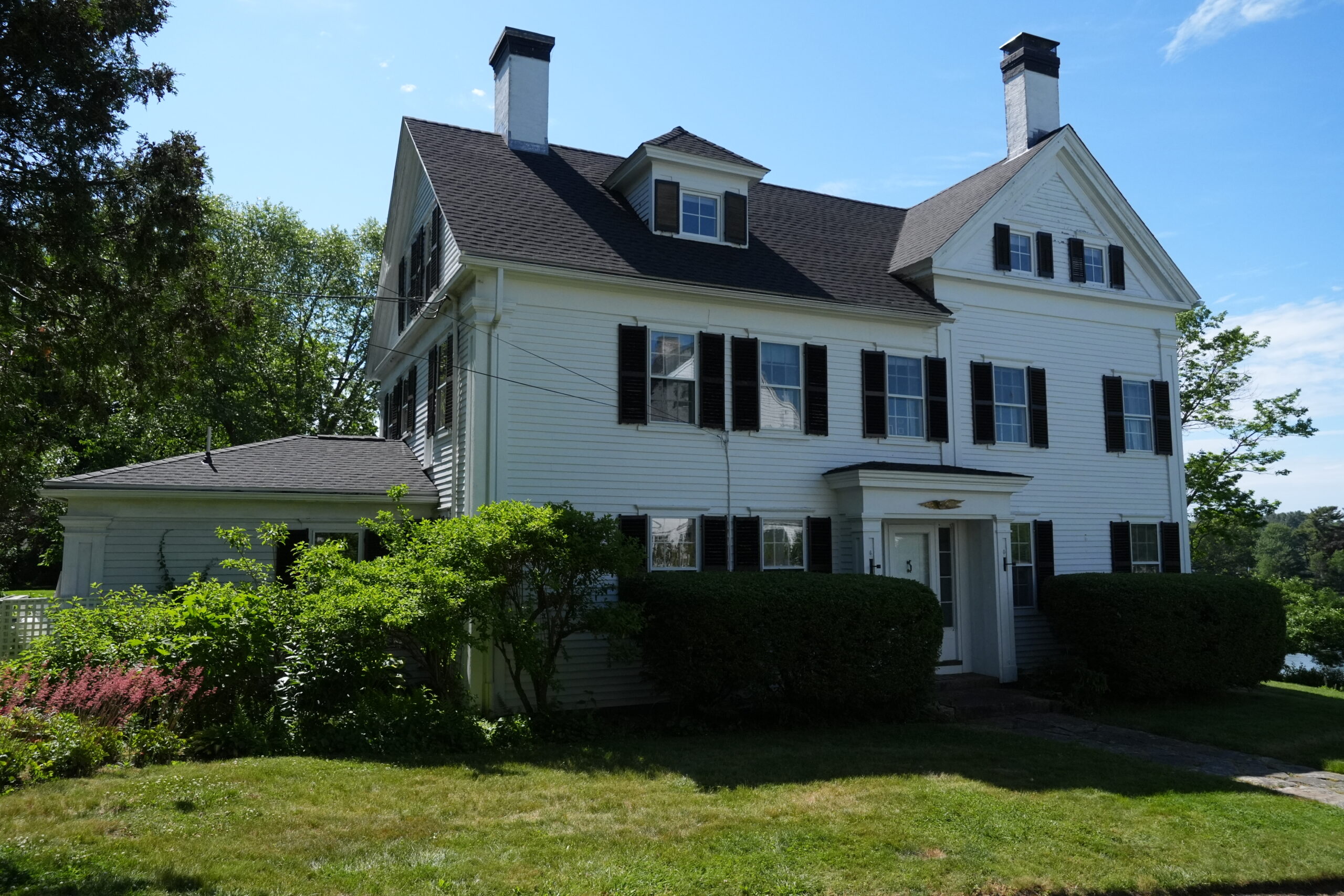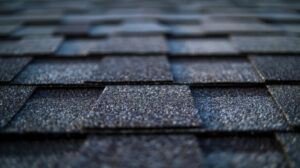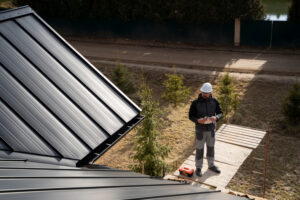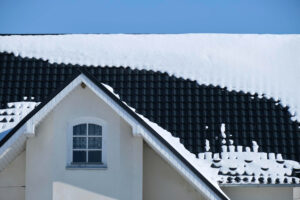
Proper roof ventilation is a critical component of your home’s overall comfort, energy efficiency, and roof longevity. A well-ventilated roof ensures adequate airflow, reducing the likelihood of problems like mold, mildew, and roof damage due to extreme temperature fluctuations. As a leading and trusted residential roofing contractor in New Hampshire and Southern Maine, J. Carnes & Son Roofing is committed to helping homeowners understand the importance of roof ventilation and providing expert services to achieve optimal results.
In this informative article, we will explore the basics of roof ventilation, its benefits, and the various ventilation options available to homeowners. Additionally, we will discuss how to recognize signs of inadequate ventilation and the steps to take when upgrading or improving your home’s roof ventilation system. By sharing our knowledge and expertise, the team at J. Carnes & Son Roofing aims to assist homeowners in making informed decisions that will ultimately contribute to the longevity and performance of their roofing system.
Roof Ventilation Explained: How Proper Airflow Can Extend the Life of Your Roof
Proper roof ventilation is a critical component of your home’s overall comfort, energy efficiency, and roof longevity. A well-ventilated roof ensures adequate airflow, reducing the likelihood of problems like mold, mildew, and roof damage due to extreme temperature fluctuations. As a leading and trusted residential roofing contractor in New Hampshire and Southern Maine, J. Carnes & Son Roofing is committed to helping homeowners understand the importance of roof ventilation and providing expert services to achieve optimal results.
The Basics of Roof Ventilation
Roof ventilation is the system that allows the continuous flow of air through your attic space, maintaining a balanced temperature between the interior and exterior environments. The primary goal of a properly ventilated roof is to prevent the buildup of excess heat and moisture, both of which can lead to a host of problems. Key components of roof ventilation include intake vents, which allow fresh outside air to enter the attic, and exhaust vents, which permit warm, humid air to escape.
Benefits of Adequate Roof Ventilation
There are several benefits to ensuring your roof is properly ventilated, including:
1. Energy Efficiency: A well-ventilated roof reduces the strain on your HVAC system and leads to lower energy consumption by maintaining a consistent indoor temperature. This can result in substantial energy savings and reduced utility costs.
2. Extended Roof Life: Proper ventilation helps prevent damage caused by excessive heat and moisture, such as wood rot, roof buckling, and mold growth. By mitigating these issues, adequate ventilation can prolong the life of your roof.
3. Improved Indoor Air Quality: Adequate airflow in your attic helps prevent the growth of mold and mildew, which can negatively impact the air quality of your entire home. Proper roof ventilation maintains a healthy living environment for you and your family.
Roof Ventilation Options
There are several roof ventilation options available to homeowners. It’s essential to work with a professional roofing contractor like J. Carnes & Son Roofing to determine the best solution for your home’s unique needs. Some common ventilation systems include:
1. Ridge Vents: These low-profile vents run along the peak of the roof, allowing hot air to escape while blending seamlessly with your home’s exterior.
2. Soffit Vents: These intake vents are installed along the underside of the eaves, allowing fresh air to enter the attic space and promote continuous airflow.
3. Gable Vents: Typically installed near the roof’s peak on gable-end walls, these exhaust vents enable hot, humid air to escape from the attic.
4. Box Vents: These exhaust vents are installed directly on the roof surface, allowing hot air to rise and escape through the vent.
5. Powered Attic Fans: These motorized exhaust fans actively draw hot air out of the attic, providing enhanced ventilation in comparison to passive vents.
Recognizing Signs of Inadequate Ventilation
Monitoring your attic’s temperature and looking for signs of moisture buildup can help you recognize potential ventilation issues. Some common indicators of inadequate roof ventilation include:
1. Excessive Heat: A poorly ventilated attic can reach extremely high temperatures during the summer months, causing damage to your roofing materials and increasing your home’s cooling costs.
2. Condensation and Mold Growth: Moisture accumulating in your attic due to poor ventilation can lead to condensation on surfaces and promote the growth of mold and mildew.
3. Ice Dams: In the winter months, poor ventilation may cause warm air to become trapped in your attic, leading to the formation of ice dams, which can result in roof leaks and damage.
4. Warped Roof Decking: Excessive heat and moisture can cause the roof decking to warp and buckle, potentially compromising the structural integrity of your roof.
Steps to Improve Your Home’s Roof Ventilation
If you’re experiencing signs of inadequate roof ventilation, it’s essential to consult with a professional roofing contractor like J. Carnes & Son Roofing to develop a customized ventilation strategy for your home. Some steps to improve your home’s roof ventilation include:
1. Inspect and clean existing vents to ensure they are functioning properly.
2. Consult with a professional to determine the appropriate ventilation system for your home based on factors such as roof size, shape, and climate.
3. Ensure proper insulation in your attic, which can help maintain a consistent temperature and reduce heat transfer between your living space and the attic.
4. Regularly monitor your attic’s temperature and humidity levels to stay ahead of potential ventilation issues.
Conclusion
Ensuring proper roof ventilation is a critical aspect of maintaining a healthy living environment, extending the life of your roof, and improving your home’s energy efficiency. By understanding the importance of roof ventilation and working with a trusted roofing contractor like J. Carnes & Son Roofing, you can protect your investment and maintain the structural integrity of your home.
Looking for Kingston residential roofing services? Contact the experts at J. Carnes & Son Roofing today for a comprehensive attic inspection and personalized ventilation solutions. Together, we can ensure your roofing system’s long-term health and performance.




